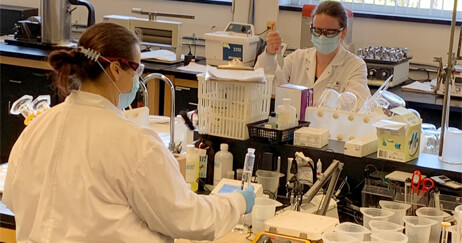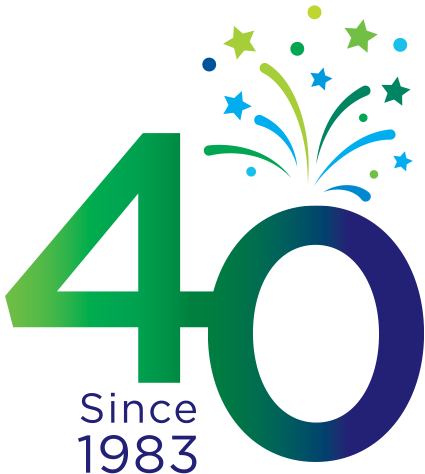Central to CTT Group activities, the chemistry laboratory offers the textile and geosynthetic industry a wide range of standardized and specialized tests, for example to analyze the composition of a fiber or its behavior under different conditions.

Chemistry laboratory, preparation of solutions for color fastness of textiles

Preparation of samples for content of non-fibrous material in textiles
In order to support the industry in product development, CTT Group’s chemistry laboratory conducts tests to:
- Analyze the composition of a textile fiber (CAN/CGSB 4.2 No. 14);
- Detect the presence of molecules that are irritating to the skin or potentially hazardous to health, such as formaldehyde or heavy metals (AATCC 112, ASTM F792);
- Analyze the behavior of a textile under different conditions, including contact with sweat, water, sea or swimming pool water, or after washings (AATCC 15, CAN/CGSB 4.2 No. 23, AATCC61);
- Perform spectrometric measurements including UV protection factor, color measurement, infrared, etc. (AATCC 183, ASTM E308);
- Evaluate the type and amount of volatile organic compounds (VOCs) in a material (ASTM D7706).
In addition, CTT Group’s chemistry laboratory has equipment designed for specific tests, such as the oxidation induction time (OIT, ASTM D3895), or the high-pressure oxidation induction time (HP-OIT, ASTM D5885), which make it possible to characterize the oxidation protection index of polyolefins. For PVC-based geomembranes, CTT Group performs plasticizer analyses (ASTM D2124, ASTM D8133) to qualify their durability.
Finally, through their research and development projects, companies in the textile and geosynthetics industry can count on CTT Group’s experts in analytical chemistry to benefit from our development capabilities using numerous techniques:
- Gas chromatography (GC-ms) for Volatile Organic Compounds;
- Liquid chromatography (HPLC-ms) for the determination of released phthalates;
- Ultraviolet spectrometry (UV) for released formaldehyde;
- UV-Visible-Near Infrared (UV-Vis-NIR) spectrometry for the development of camouflage color performance;
- Infrared spectrometry (FT-IR) for molecule identification;
- Inductively Coupled Plasma Spectrometry (ICP-OES) for chemical element identification.






